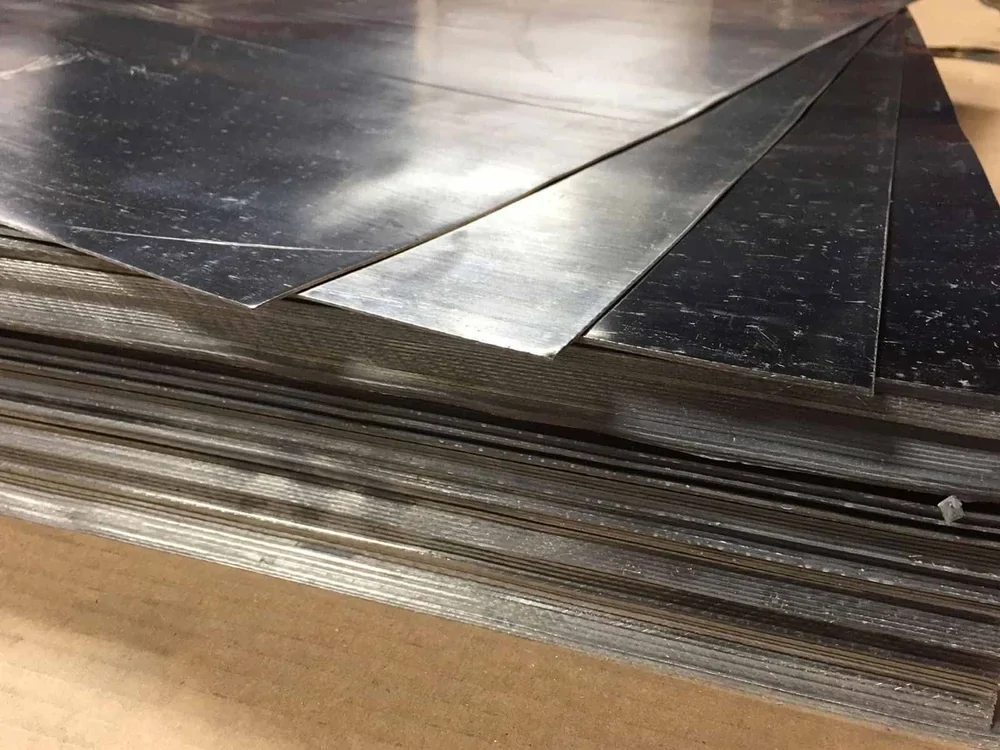An essential component of hospital safety and design is radiation shielding. It protects patients from dangerous exposures while receiving medical care. Shielding is important in radiation therapy units, nuclear medicine areas and imaging rooms. The proper supplies prevents in keeping patients, employees and guests safe.
Lead plates are frequently used in hospitals to block radiation. However, newer materials are coming to market. Each has advantages and disadvantages of its own. A number of factors, including usage, budget and safety requirements.
Why Radiation Shielding is Critical in Medical Settings
Hospitals use machines that emit ionizing radiation. These include X-ray machines, CT scanners, and linear accelerators. While these tools help with diagnosis and treatment, they can also be harmful if safety rules aren’t followed.
Proper shielding helps avoid long-term exposure. It protects medical workers who operate the machines daily. Additionally it shields patients and guests in the vicinity from stray radiation. Strict shielding requirements are mandated by building codes and health departments. Legal problems and safety hazards may result from not meeting them.
That’s why picking the right shielding material is more than just a cost choice. It’s a health and compliance decision.
Lead Plates: The Traditional Choice
Hospitals have long used lead plates. They are easy to shape, soft, and dense. They are therefore perfect for halting radiation. Lead is more effective than most other materials at absorbing X-rays and gamma rays.
It’s widely available and affordable. These features make it a go-to option for many hospital builds and upgrades.
Common uses include:
- Lining walls in X-ray and CT rooms
- Reinforcing doors in radiology departments
- Radiation-safe cabinets for storing equipment or medicine
Manufacturers of lead plates provide sheet in a range of thicknesses. Depending on the need for shielding they can be cut and layered. Strong, efficient protection at a fair price is the end result.
Limitations of Lead Plates
Despite their benefits, lead plates come with downsides.
- Health Risks
Lead is toxic. Contamination may result from improper handling. Strict safety procedures must be followed by hospitals when installing and disposing of equipments.
- Weight
Lead is heavy making it harder to install and can stress building structures. Extra support might be needed, which raises costs
- Design Issues
Lead plates aren’t easy to work with in modern designs. They can be bulky. They also require sealing or cladding to hide their appearance.
Alternative Radiation Shielding Materials
Several other materials are now used for radiation shielding in hospitals. Each has its own strengths.
(A) Tungsten
Compared to lead, tungsten is denser. This implies that the same degree of protection can be provided by smaller volumes. It is used in small areas where every inch count. It is frequently found in mobile protection units and nuclear medicine shields. Tungsten is more expensive and more difficult to work with, though.
(B) Bismuth
Bismuth is not harmful. It is safe for patients to use and offers good shielding. Mobile shields, barriers and protective aprons frequently contain it. When safety is a primary concern, it provides peace of mind at a higher cost than lead.
(C) Polymer-Based Composites
These are created by combining plastics and metal powders. Lightweight and flexible material is the end result. These composites are used in mobile panels, curtains and protective gear. Compared to lead, they are safer and easier to handle. However, they might not provide as much protection in high-radiation regions.
(D) Concrete (with Barite or High-Density Aggregates)
For large walls and structures concrete mixed with dense aggregate is a popular option. It is affordable and long-lasting. It is frequently utilized in heavy duty enclosures and radiation therapy vaults. Compact designs and mobile shields are not appropriate uses for it.
Comparative Analysis: Lead vs. Other Materials
Shielding Effectiveness
Lead and tungsten are top performers.
Bismuth works well for low to medium radiation.
Composites and special concrete can be used based on the area and exposure level.
Cost and Availability
Lead is affordable and widely available.
Tungsten and bismuth are more expensive.
Composites and concrete fall in the mid-range, depending on the mix.
Installation and Handling
Lead and concrete are heavy.
Composites and bismuth are lighter and easier to handle.
Tungsten requires special tools due to its hardness.
Environmental and Health Safety
Lead poses risks if not sealed or disposed of properly.
Bismuth and composites are safer to use and touch.
Concrete is non-toxic but creates dust during construction.
Regulatory Compliance
All materials must meet health and safety codes.
Lead is still approved for use but comes with handling rules.
Newer materials also meet standards when installed correctly.
What’s Best for Hospitals?
Hospitals must weigh many factors before picking a material.
Key considerations include:
Budget: Lead is affordable up front. Alternative may save on labour and future risk.
Space: Small areas may need tungsten or composites.
Health concerns: Non-toxic materials like bismuth are better for high-contact use.
Design flexibility: Composites work well in modern design that need mobility and light weights.
Compliance: Work with licensed experts and follow all safety codes.
Lead plate manufacturers have an important role. Their products offer reliable protection and are available in custom sizes. But in some cases, using a mix of materials works best.
Conclusion
Lead plates are proven and reliable. However, they aren’t ideal in every circumstance. Hospitals nowadays offer more options. Every choice, from polymers to tungsten, has advantages of its own.
There’s no single material is ideal for all purposes. The radiation type, budget, and available space all play a role. To determine the best fit, hospitals should speak with professionals and approved manufacturers.
Making the best choice requires striking a balance between cost, performance, and safety.






